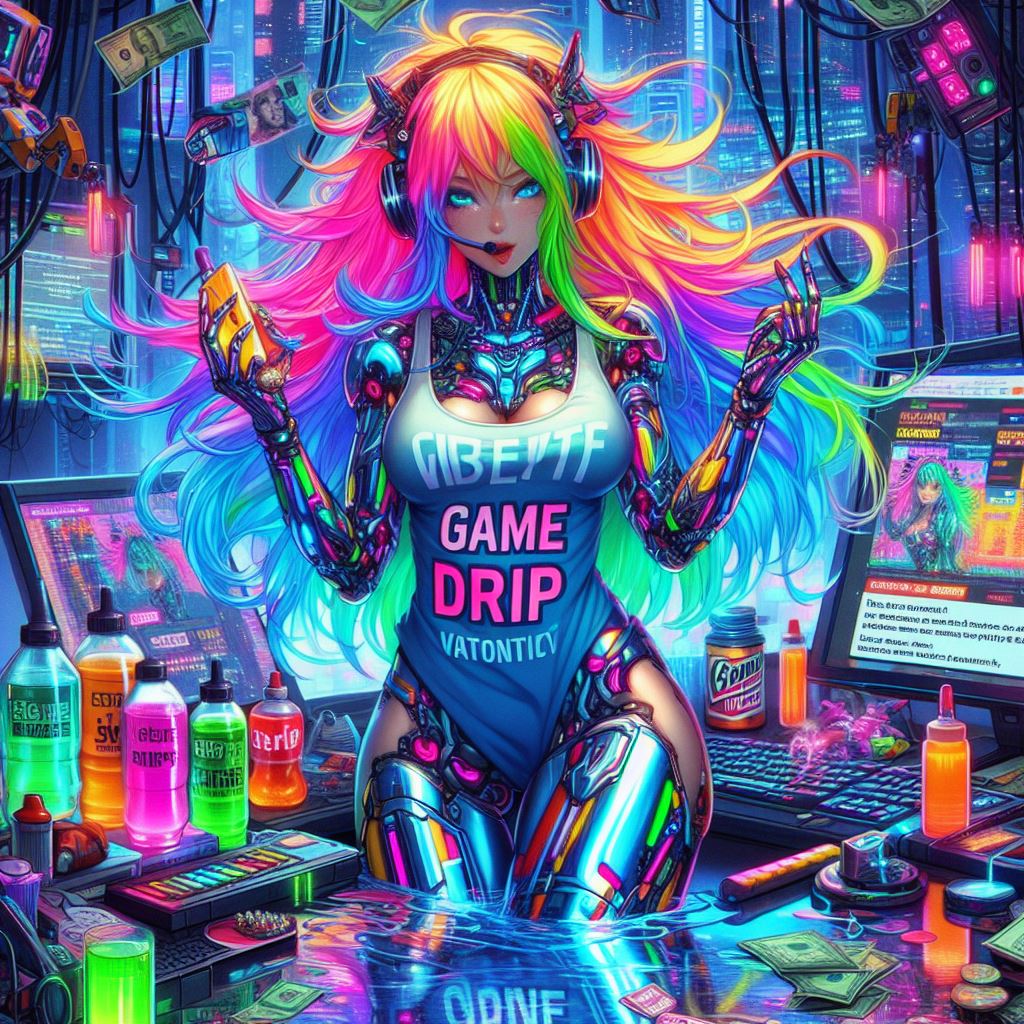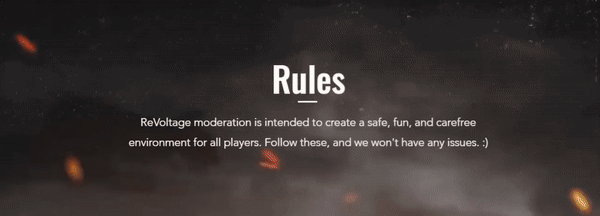As featured on New Minecraft Servers
#ReVoltage #SMP #ReVoltage #crossplatform #Java #Bedrock #survival #multiplayer #server #dedication #fostering #kind #funloving #community #community #hermitcraftian #moderation

Discord: https://discord.gg/xmbEVvWCvE Java IP: 65.27.5.103
ReVoltage SMP is partially dedicated to reviving the community and feel of an SMP by the name of Voltage. Voltage wasn’t just any Minecraft server; it was a playground where lifelong friendships were created, empires were built, and unforgettable memories were made. Since Voltage powered down a few years ago, we’ve all been missing that spark. That’s why we’re creating ReVoltage, a cross-platform server designed to reignite the magic, bring back the camaraderie, and create new adventures.

That’s not all that we are, though. ReVoltage is meant to be a place of new beginnings based on previous principles. If you’re new, don’t worry! You’ll be welcomed with open arms. Our primary goal is fostering a kind and fun-loving community. Highlights:Cross-Platform (Java & Bedrock)ReVoltage uses Geyser and Floodgate to allow seamless crossplay between Java and Bedrock editions of Minecraft with minimal lag. Play whichever version you prefer, ensuring a smooth and versatile gaming experience.
Community-FocusedOne of the best things about an SMP is community. We aim to create a friendly and collaborative community, perfect for reconnecting old friends and making new ones.
Hermitcraftian ModerationReVoltage features a balanced mix of strict yet playful moderation, just like the original Voltage server. This ensures a fun and harmonious gaming experience for everyone.
Website & DiscordWe have a modern and sleek website with a community screenshot gallery and blog, and an active discord server for updates and community discussion. These two sources are regularly updated with all of the information you’ll need to interact with the community and get involved.
 GENERAL RULESBreaking any of these rules will result in an immediate and permanent ban without warning.
GENERAL RULESBreaking any of these rules will result in an immediate and permanent ban without warning.

No Griefing: Do not break or place blocks in another player’s clearly defined area. This includes seemingly abandoned builds. If it isn’t yours, don’t touch it.
No Client Mods/Exploits: Using client modifications or exploits is strictly prohibited. This includes forge, lightloader, flying, speed hacks, x-ray, item duplication, etc.
No Advertising/Spam: Do not advertise servers, websites, or mods in any chat. Spamming messages is also prohibited.
Common Sense/Maturity: Be respectful, have fun, and avoid drama. Do not harass others or rage.
No Looting: Looting in or near any well-defined player bases is strictly prohibited. This applies even if the player is inactive or has accessible storage outside. Protect your belongings, but remember, if it isn’t yours, don’t touch it.
Ask Before Building Near Others: Always ask for permission before building in a town or near someone else’s area. Players can claim an area by clearly defining a boundary (walls, fences, natural boundaries, etc.). Keep builds at least 250 blocks away from your neighbors unless you have explicit permission. Limit your claims to a roughly 250 block diameter.
Take Inventory Screenshots: Take screenshots of your current inventory for proof of items. Items cannot be guaranteed to be returned without screenshot proof.
PVP RULESPvP is enabled by default, but you must obtain consent prior to engaging. If a player does not consent, you are responsible for returning their inventory, even if you lose it.
Repeatedly killing players without consent is considered harassment and will result in a ban.
COMMUNITY RULESApplies to server and Discord
Be Mature: This server is intended to be drama-free. Anyone engaging in word-sniping, bickering, pettiness, etc., will be kicked immediately. Continued participation in drama will result in a ban.




















